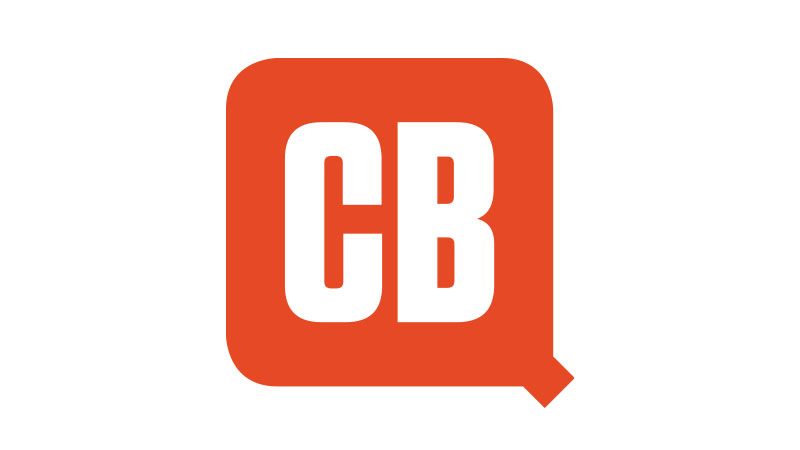Why you should develop for Glass
Garrett Heath on why you should start developing for Google Glass, and what you need to be apprehensive about if you do
With Google releasing the documentation for the Mirror API, developers will begin exploring a brand new platform to create apps on. If PCs took the power of computing into the house and smartphones took it on the go, Glass represents the first mainstream introduction into the world of constant computing. By providing a device that is wearable and accessible in an instant, Google has brought the first major paradigm shift since the iPhone’s introduction in 2007 on how we will interact with computers and information.
Along with the announcement, Google announced that developers aren’t allowed to serve ads within the Glass experience or charge for their apps. This is a major departure from the app store models for both iOS and Android. At first blush, the reaction is, “Why would anyone want to create an app for Glass if you can’t get paid for it?” While it is true that many indie developers create either a “Freemium” or paid app, consider that some of the most popular and widely adopted apps are indeed free: Facebook, Twitter, Instagram and Foursquare come to mind.
This is a signal to me that, at least in the interim, Google wants to challenge their developers to make ubiquitous, helpful and social apps that integrate into the fabric of the real world. By not allowing developers to sell their Glass apps, Google avoids the cheeky kind of apps that dominated the iOS app store in the early days (though I expect an X-ray Vision app available for Glass on the first day).
So why would a developer spend time creating an application for Glass? This is the wrong question. Not enough emphasis can be placed on the fact that this is the first time ever that constant, contextual and wearable computing is coming to the masses. This is not a little project off of Kickstarter, but rather technology backed by one of the most massive companies in the history of the Internet. While Wave was a flop and Google missed the boat with Dodgeball, Glass aligns with their core to their mission of organizing the world’s information by bringing relevant details to our life on demand. The question you should be asking is, “Why wouldn’t a developer want to work on a Glass application?”
Be one of the first!
Having one of the first apps to run on Glass will be a huge advantage. The marketplace is not crowded so your app will stand out. In a day where users are hard to come by in the App Store or Android Marketplace, having users actively exploring and downloading Glass apps can be a huge boon for a developer. This is especially relevant if you have dreams of creating a new social network around Glass.
Furthermore, the amount of data that Glass will be able to capture will be mind-boggling. Rather than focusing on the $0.99 you might get for an app if you sold it outright, having the application that is popular and houses this data could pay dividends in the future. While I don’t foresee Glass having a the type of advertisement that appears in the sidebar of your Google search results, you can bet that Google is working on a way to send information from advertisers via the Glass platform. Having an app that has gathered that information and can target the users of Glass on phones or PCs, or becomes a popular platform that Google can use to disseminate that information when they do allow ads, can become quite lucrative for the developer.
This leads to the one piece of cautionary advice. By nature, Google is in the advertising business. You would be nave to think that they aren’t already looking at ways to incorporate Glass into their AdWords business, and developers should keep that in mind as well. Approaching development with a healthy dose of apprehension towards this fact may lead to other creative advancements on how the data that can be gathered can be applied in other ways.
Daily design news, reviews, how-tos and more, as picked by the editors.
The idea of constant computing is going to be a revolutionary force to our world, and Google certainly seems to be on the leading edge. Getting a chance to work on a platform that has a clean slate is a draw to programmers, whether they can sell their apps or not.

The Creative Bloq team is made up of a group of art and design enthusiasts, and has changed and evolved since Creative Bloq began back in 2012. The current website team consists of eight full-time members of staff: Editor Georgia Coggan, Deputy Editor Rosie Hilder, Ecommerce Editor Beren Neale, Senior News Editor Daniel Piper, Editor, Digital Art and 3D Ian Dean, Tech Reviews Editor Erlingur Einarsson, Ecommerce Writer Beth Nicholls and Staff Writer Natalie Fear, as well as a roster of freelancers from around the world. The ImagineFX magazine team also pitch in, ensuring that content from leading digital art publication ImagineFX is represented on Creative Bloq.
